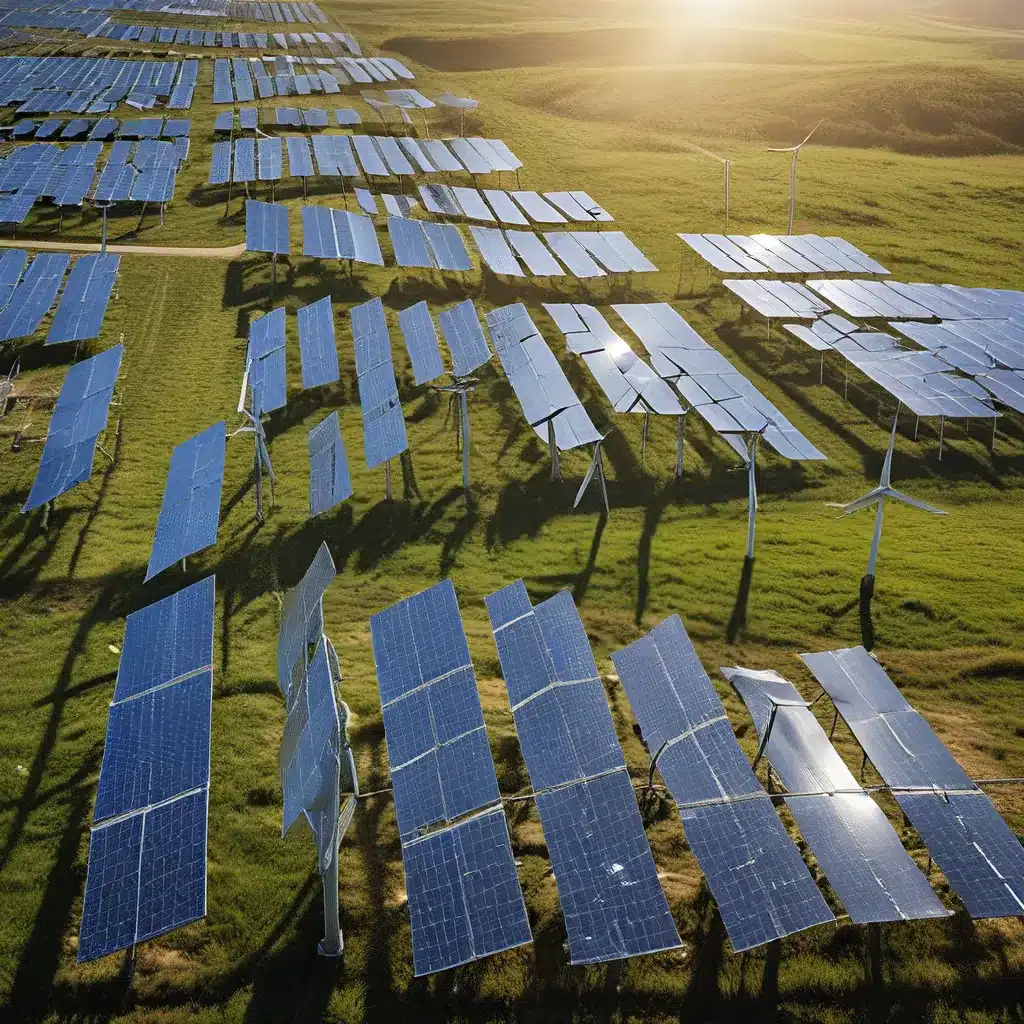
As we navigate the rapidly evolving energy landscape, one thing has become abundantly clear: the traditional utility business model is in desperate need of an overhaul. The combination of soaring renewable energy levels, the rise of distributed energy resources (DERs), and the volatility of electricity rates and fuel prices has exposed the dangerous cracks in a regulatory framework that simply doesn’t incentivize utilities to adapt.
It’s like trying to run a cutting-edge ridesharing platform using a railroad business model – it just doesn’t work. And while some critics of the energy transition may point to the potential high costs for ratepayers, the reality is that utilities need a compelling reason to stop behaving like monopolies and start engaging with their customers as true service providers.
The Changing Tides in the Energy Sector
The energy landscape is undergoing a profound transformation, driven by a range of factors. The Inflation Reduction Act (IRA) and the Infrastructure Investment and Jobs Act (IIJA) have introduced a host of tax and financial mechanisms that offer significant benefits for the renewable energy transition. However, the full potential of these federal policies can only be realized if utilities are equipped with the right incentives and business models to capitalize on them.
Without the necessary reforms, utilities still lack the motivation to minimize costs and invest in critical infrastructure like transmission and customer resources such as battery storage. This, in turn, can undermine the affordability, reliability, and equity of the energy system. As Jamie Mandel from RMI aptly puts it, “It’s like trying to run a Lyft-level platform on a railroad business model.”
Modernizing Utility Incentives
To ensure that utilities don’t delay the ongoing energy transition, regulators and policymakers are taking action to align their financial incentives with policy goals, customer needs, and technological advancements. This is a crucial step, as the deployment needed to fully realize the IRA’s potential will be a colossal undertaking, requiring updated resource planning assumptions, streamlined interconnection processes, efficient siting and permitting procedures, and unprecedented levels of flexibility on the grid.
The good news is that there are already promising examples of states that have undertaken utility business model reforms. Our work with Public Utility Commissions (PUCs) has demonstrated that modernizing utility incentives has the potential to deliver the full range of benefits from new federal legislation. By embracing these new federal incentives and aligning utility financial incentives with the future electricity system, regulators can ensure that utilities are empowered to take decisive and efficient action.
Seizing the Opportunities
The energy infrastructure reinvestment (EIR) program, which includes $250 billion in loans for reducing fossil infrastructure debt and reinvesting in communities, is a prime example of the kind of incentive that can catalyze meaningful change. However, this program is set to sunset in 2026, underscoring the urgency of implementing reforms swiftly.
As I mentioned, the deployment needed to fully realize the IRA’s potential will be a colossal undertaking, and there’s simply no time to waste. Utility regulators and policymakers must act now to modernize utility incentives and business models, ensuring that these critical players in the energy ecosystem are equipped to leverage the opportunities presented by the IRA and IIJA.
The Path Forward
Embracing these new federal incentives and modernizing utility business models is not just a nice-to-have – it’s an essential step in creating a just, affordable, reliable, and equitable energy transition. By aligning utility financial incentives with the future electricity system, we can unlock the full power of these federal policies and ensure that the benefits are felt by ratepayers and communities across the country.
It’s a daunting challenge, to be sure, but one that is absolutely vital if we want to build a thriving, verdant, and secure future for all. And as I’ve discovered through my work with organizations like RMI, there are innovative solutions and forward-thinking approaches that can help us navigate this transition.
So, if you’re as passionate about the future of renewable energy and utility business models as I am, I encourage you to explore the services and resources offered by our team. Together, we can work to create a more sustainable, equitable, and resilient energy system that works for everyone.

